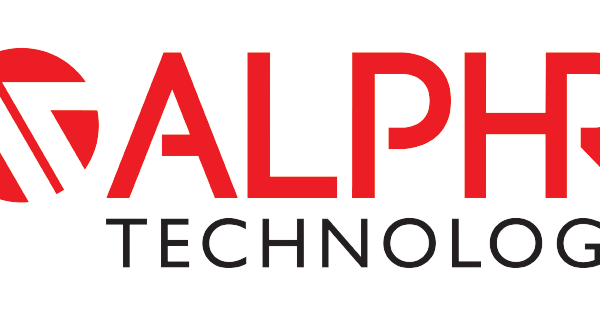ALPHR UK
Letchworth, Hertfordshire, SG6 1UG
Need more information, or thinking about working with us?
Laser Welding & Electrical Testing

Laser Welding & Electrical Testing
Laser Welding & Electrical Testing
Outline
ALPHR Technology were approached by a European based electronics manufacturer, to provide an automated solution for the manufacture and testing of an automotive sensor module.
The client chose to collaborate with ALPHR, as the result of not only an existing, long-term partnership with other global manufacturing facilities within the same group, but also because of our extensive experience as a provider of complex automated assembly and test solutions globally.
Automate
Following consultation with the customer, a 10-station rotary indexing machine was proposed, to ensure production throughput and a high quality product. The sensor module assembly consists of three components:
Rear case, PCB, and cover.
There were two variants of the product that needed to be assembled and tested, each with a different rear housing and pin configuration. Through cleverly designed fixturing and product connections, both variants of the product were able to be processed using the same tooling.
In order to achieve a maximum cycle time of 14 seconds, ALPHR designed and engineered a solution that ensured:
No tool changes where required
Fully automatic assembly
Force measurement during the PCB assembly
Fully automated screw-driving process
Electrical and communication “End-of-Line” testing of the product
Various quality checks using vision inspection system
Electrical pin alignment check
Full traceability with barcode reader, database population, and PCB I/D verification
Air pressure decay leak test
Simultaneous Through-Transmission Infrared laser welding (STTIr)
Automatic “Reject” part handling
Innovate
The rear housing and cover are manufactured from glass filled polybutylene terephthalate.
The rear housing is black coloured whilst the cover is white. The laser wavelength is in the infrared range, with the top cover material allowing laser light to pass through, so that the rear housing melts to create a hermetic seam with the top cover.
Following trials, it was established that a Branson Radiance 3G system was the most suitable solution to provide the required quality of weld within the machine cycle time. This system allows for simultaneous illumination of the weld line, as opposed to a beam welding alternative, as well as providing force monitoring and melt-down depth control.
The advantages of laser welding over other jointing technologies in this application are:
⦁ Weld Quality
⦁ Minimal Flash
⦁ Sensitivity
⦁ Fast Cycle Times
⦁ Ease of integration
⦁ STTIr laser welding allows for complex weld profiles
Implementation of client’s test software:
In order to programme the sensor module, the client had specific in-house test software which ran on a dedicated PC.
The main control PC on the machine worked collaboratively with the client’s PC, in order to trigger the testing and programming routines. All relevant test results were transferred from the client’s PC to the control PC, to form part of the traceability file for each module.
In order to achieve a cycle time of 14 seconds per assembly, these activities were carried out at three separate stations on the machine.
ALPHR used its extensive software knowledge to integrate the two different software platforms into one complex assembly and test solution.
Integrate
Traceability of the product was critical to the client. To ensure traceability of the assembled product, the PCB was scanned on loading and tracked through the machine at each station.
The serial number of the PCB was pre-programmed into the PCB at the time of manufacture and checked at various stations against the scanned 2D data matrix. Following manufacture and testing of the assembly, this serial number was read via comms to check for verification.
All data was recorded locally on the machine and transferred to a secondary network location for trend analysis and Statistical Process Control.
Project summary:
There were a number of complex processes required in the manufacture of this product, which posed certain technical challenges and required an innovative approach. By understanding the customer’s requirements and the complexities of the project at the time of quotation, the team at ALPHR Technology were able to successfully deliver the project on-time and on-budget.
Equipment Suppliers:
To INNOVATE
Laser Welding:
Branson Radiance 3G system
To INTEGRATE
Leak test instrumentation:
Nolek S9
Laser height measurement system:
Omron
Force measurement:
Loadcell
Auto-feed screwdriver System:
Desoutter/Stoger
Vision systems:
Cognex Insight Vision Cameras
Barcode Scanner:
Keyence SR100

